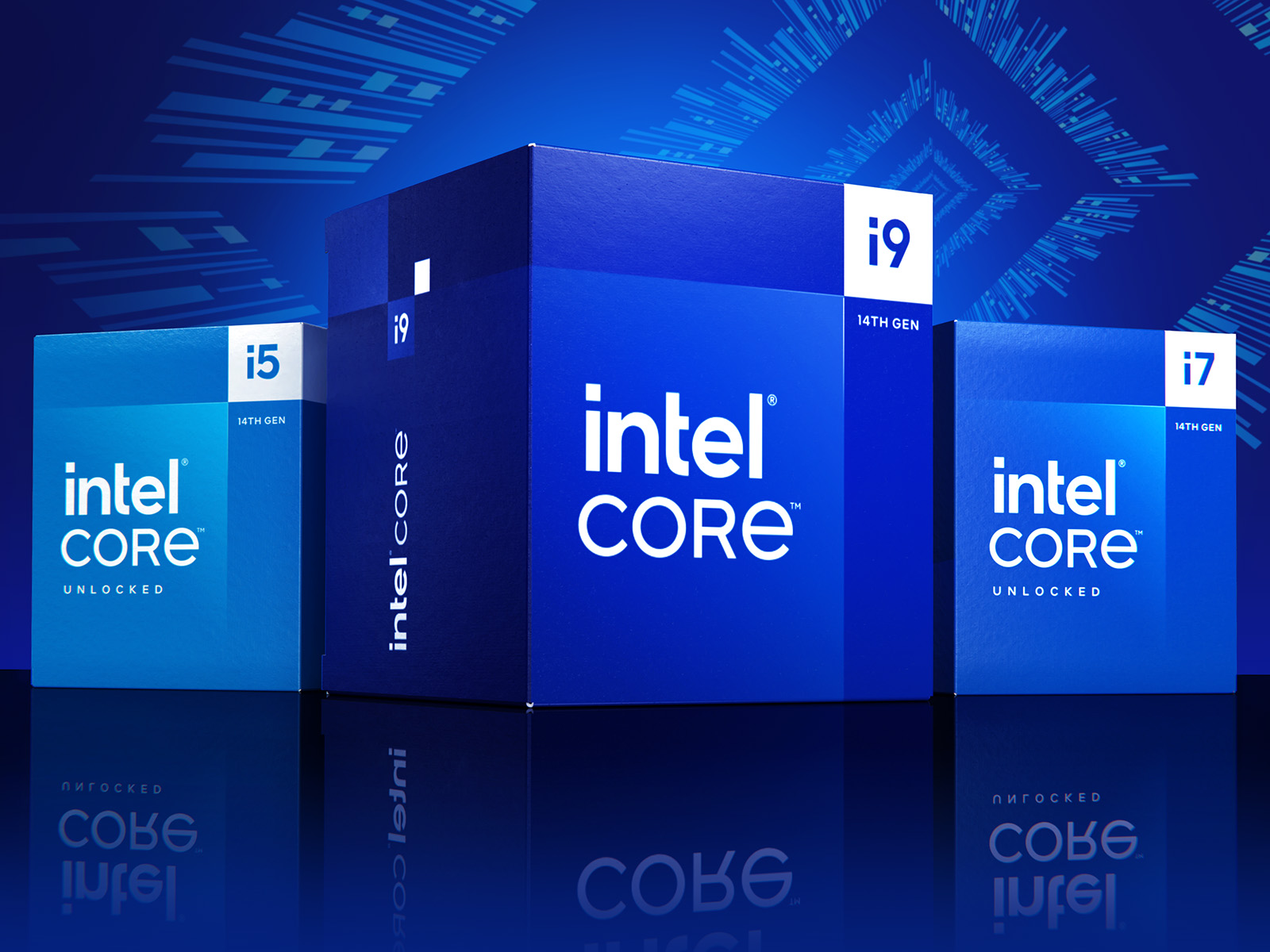
Against the expectations that it would introduce a new socket after two years, Intel continues to use the 1700 socket going into its 14th generation of the Core processors. The top model, the Intel Core i9-14900K, features a total of 24 native computing cores and 32 threads, which is the same as was already available in the Intel Core i9-13900K. But Intel has introduced some improvements in clock speeds that now reach the 6.0-GHz limit directly. We were also able to document this in our test, so these aren’t only empty promises made by the manufacturer. Unfortunately, Intel hasn’t made many changes to its power consumption, so at up to 253 watts, the new flagship is given the same PL2 value that we already know. If you additionally deactivate all the restrictions in the BIOS, its power consumption continues to significantly increase further, as we will see later in our test. In addition to the top model, we will also be taking a closer look at the Intel Core i5-14600K in this test. With 14 cores and 20 threads, it reaches the same numbers as the Intel Core i5-13600K. But Intel has also increased the clock speed on this model, in order to get slightly more performance from its P and E cores.
With that, we don’t expect any greater jumps in performance, and Intel also hasn’t changed anything about the basic CPU construction. At this point, Intel doesn’t offer any counterpart to AMD’s 3D V Cache technology, which allowed AMD to score significantly better in the recent past and put some pressure on its competitors.
The prices from Intel also show that we are on the same level here as during the launch of the Raptor Lake S models from last year. Due to the demand, which usually increases in the fourth quarter, it remains to be seen where the new models will actually end up. What also plays a role here (in Europe) is the Euro-to-Dollar exchange rate.
Source link
 notebook.co.id informasi dan review notebook laptop tablet dan pc
notebook.co.id informasi dan review notebook laptop tablet dan pc